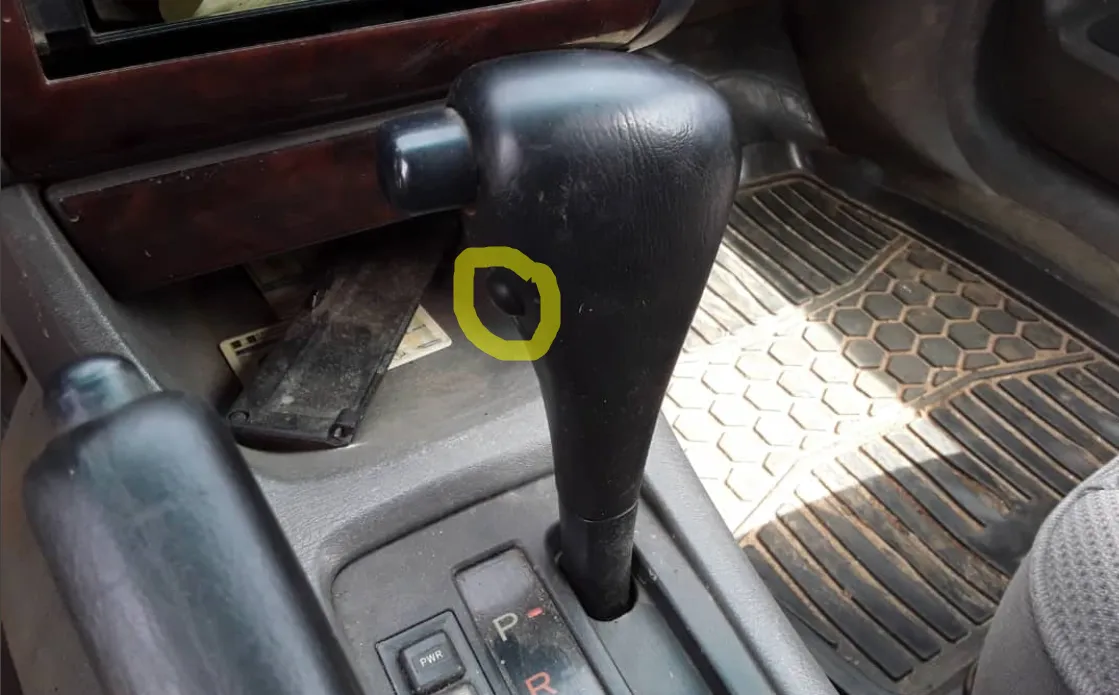If you own a car equipped with an overdrive function, you might not be fully aware of its potential. I've been behind the wheel of Toyota vehicles featuring overdrive for over six years, and just when I thought I had it all figured out, a recent incident proved me wrong.
The overdrive function is designed to optimize your vehicle's performance in terms of speed and fuel efficiency. It allows your car to maintain a steady speed with reduced engine RPMs, leading to lower fuel consumption and less wear on your engine.
This was my understanding of the overdrive function, and it's what many drivers know. However, a new aspect of this feature came to light when the overdrive indicator on my Toyota Avensis dashboard started flashing unexpectedly a week ago, just minutes after leaving the office.

Despite being familiar with the overdrive function, I rarely use it. So, you can imagine my surprise when the O/D light on my dashboard started flashing. If I had accidentally activated it, the light should have remained steady, not flashing.
Around the same time, I noticed that the speedometer needle had stopped moving and the gear wasn't shifting smoothly. With nightfall approaching and a treacherous journey home ahead, I knew I had to act quickly to avoid causing costly damage to my transmission.
I promptly pulled over and checked the car's transmission fluid level. Everything seemed fine - no burning smell, adequate fluid level. I suspected it could be a wiring or sensor issue, but it was too late to call a technician. I decided to risk it and drive home.
Fortunately, the car started and engaged in first gear but struggled to shift to second. With the O/D light flashing continuously, I managed to reach home at a snail's pace. I eagerly awaited the break of dawn.
The next day, I decided to risk driving the car to the office, knowing it would be easier for a technician to inspect it there. To my surprise, the O/D light did not flash, and the gear shifted perfectly throughout my 10-minute commute. Regardless, I called my technician for a check-up.
The technician arrived late in the evening, test-drove the car, and assured me that there was no issue with the gear or anything else. I had to concur, despite my reservations. The car functioned flawlessly for the next few days until the problem re-emerged.

I consulted another technician, but by the time I reached him, the O/D light had stopped flashing. He test-drove the car over a considerable distance and concluded that there was no issue. He suggested that I keep the car permanently on O/D and monitor its behavior over the next few days.
This is my current situation.
Through this ordeal, I learned a valuable lesson - a flashing O/D light could indicate a low transmission fluid level. This is something I would never have considered. Most cars lack an indicator for low transmission fluid levels, and by the time this is discovered, significant damage may have already been done to the transmission system.
However, it's crucial to note that a flashing O/D light could also signify other issues, such as a faulty speed sensor or solenoid, among others.
Whatever the issue with my car, I hope it doesn't result in major damage. I will provide an update if the problem recurs and a solution is found.